

The United States House of Representatives, along with the Senate, is part of the federal government’s legislative branch. Representation in the House is meant to be proportionate to the population. Each congressman or a congresswoman represents a district with a set number of constituents. This is where things get tricky.
The House had 65 representatives in 1790. As the population kept growing, so did the House. In 1913, lawmakers set the number of districts, or voting representatives in the lower Chamber of Congress, at no more than 435. “They felt if Congress kept getting bigger, it would be too difficult to handle,” Walter Olson, senior fellow at the Cato Institute, a libertarian think tank, told 24/7 Wall St. in an interview.
In 1913, the national population was just over 97 million. It is close to 326 million today. The average size of a congressional district based on the Census is around 710,000, more than triple the average district size of 210,000 based on the 1910 Census apportionment.
Click here to see America’s largest voting districts.
Click here to see America’s smallest voting districts.
The size of each district is based on the Census. This means that maps get redrawn every 10 years.
The difference between the largest and smallest districts in some states on national level is significant. One example is Texas. District 22, the most populous in the Lone Star State, has 897,080 residents, compared to 713,480 residents in the smallest congressional district in Texas. This is a difference of almost 184,000 people, or about 20%. Another example is California. The difference between the largest and smallest district in the Golden State is just over 121,000 people, or about 14% of the most populous district.
Despite constant redistricting to balance district sizes, it is not uncommon for district sizes to vary by more than 10%. The reason is often simply people moving from one place to another. “Texas, for example, is a rapidly growing state,” Olson says. “The difference can easily get 20% or more.”
The frequent movement of people and changing population estimates is one strategy political parties have used to manipulate districts’ boundaries to influence elections, Olson added. Since most states determine who will draw district lines for both state and federal legislators, redistricting can have a huge impact, especially on who wins elections. Lawmakers across the United States have filed over 130 bills addressing redistricting procedures in 2018 alone.
The set number of districts in combination with the growing population is a problem with no clear solution. “We could have 600 [districts] and Congress may still function, but eventually we’ll come back to the same issue,” Olson said. Making districts smaller would give representatives a better chance to stay in touch with their constituents. The House has lost this closeness and it would be nice to get it back, Olson says. However, increasing their number will result in individual officials having half as much power, and this is something no one wants to lose, he added. Another solution is to have districts cross over state lines, Olson says. This will result in a more equal representation, but smaller states’ power can get diminished, and they will not be willing to give that up either. “So this means we have a dilemma that is almost impossible to avoid.”
Click image to enlarge
3 Biggest Voting Districts

3. State: Texas
> District: 22
> Population: 897,080
The 22nd Congressional District in Texas comprises three counties: Brazoria, Fort Bend, and Harris. Some of the cities within its boundaries are Sugar Land, Stafford, and Richmond. The current representative, who was elected in 2009, is Pete Olson. The Republican is up for re-election.
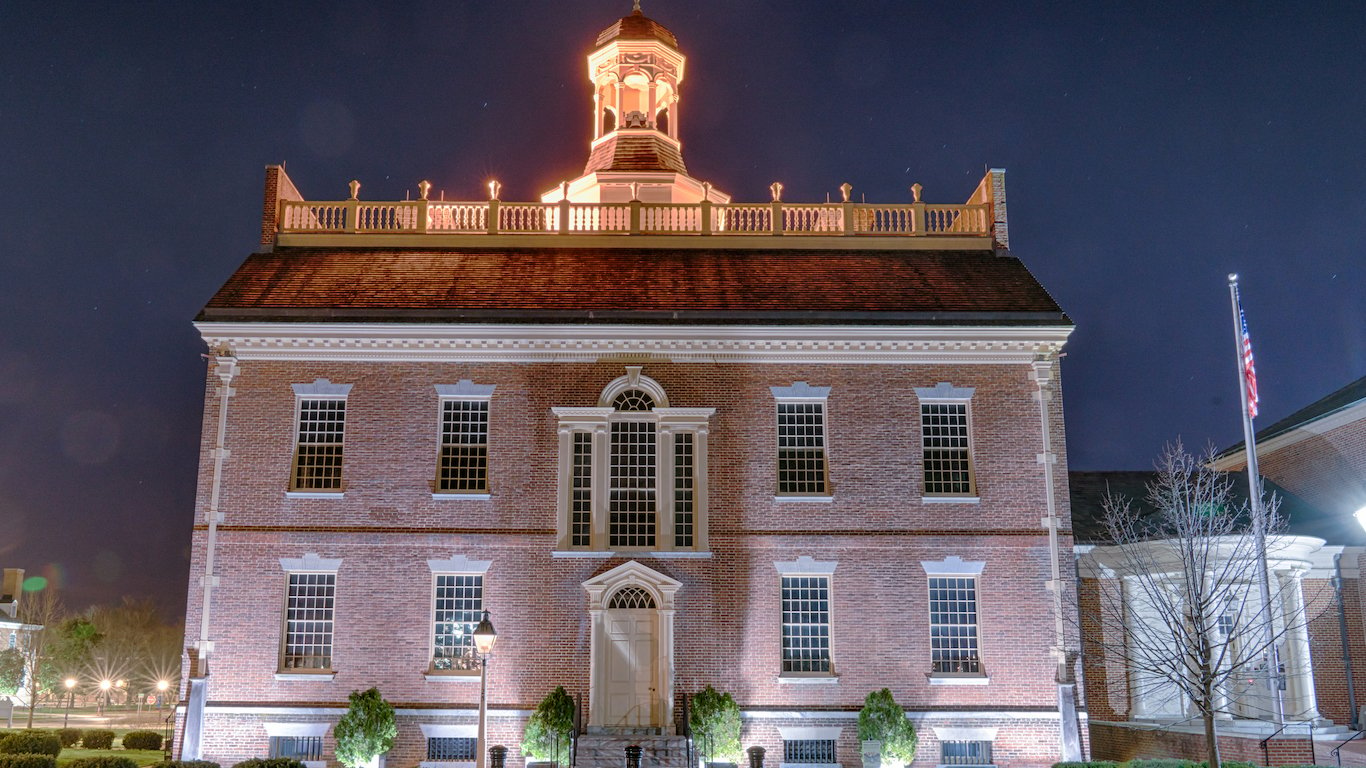
2. State: Delaware
> District: At large
> Population: 969,939
Delaware is one of seven states and the District of Columbia with one representative in the House. The First State’s population has grown by about 100,000 every decade since 2000, increasing from 783,600 to 897,936 in 2010 and almost a million now. The current representative is Lisa Blunt Rochester. The Democrat is seeking re-election in November.
[in-text-ad]
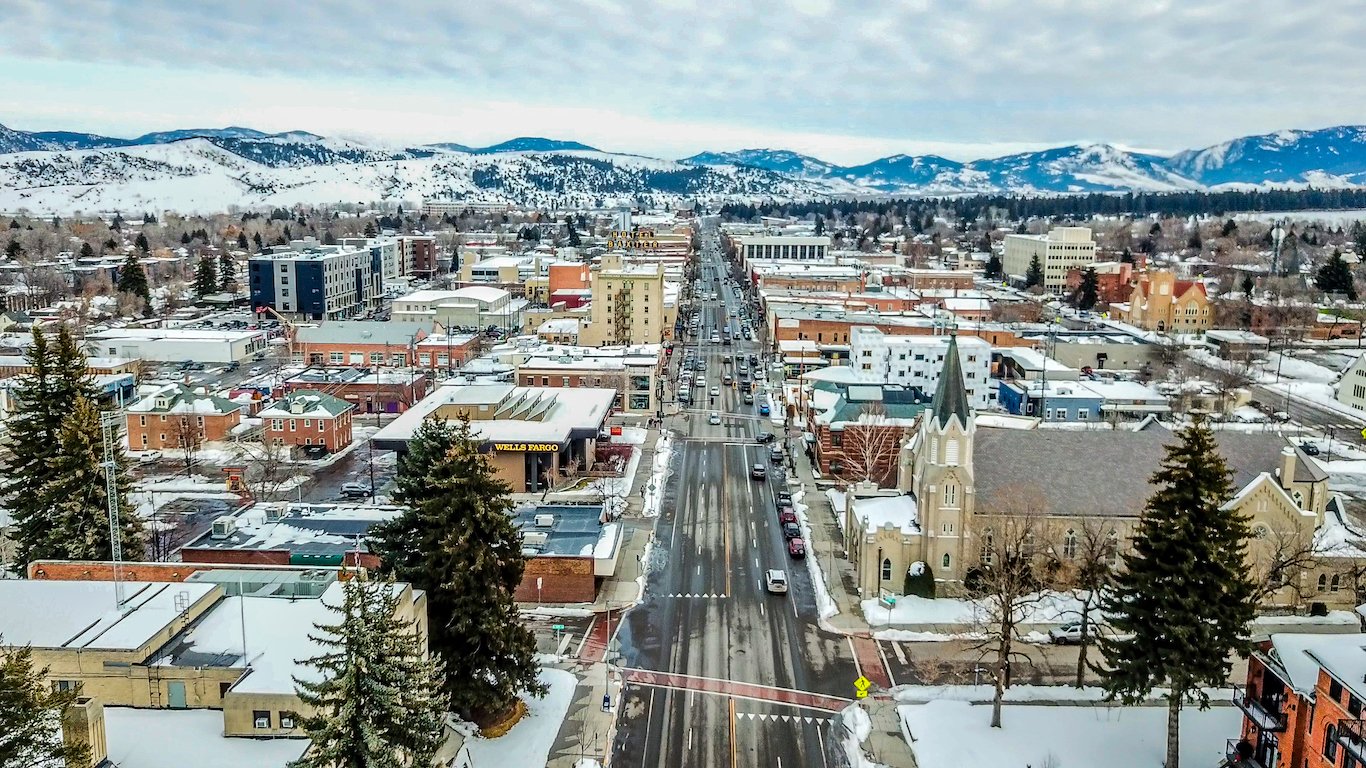
1. State: Montana
> District: At large
> Population: 1,050,493
The Big Sky Country’s population has been growing steadily since 1990, when it was just under 800,000 people. It increased by over 100,000 over the next decade but growth slowed down after that, growing by 60,000 since 2010. The current representative is Greg Gianforte. The Republican is also running for re-election on November 6.
3 Smallest Voting Districts
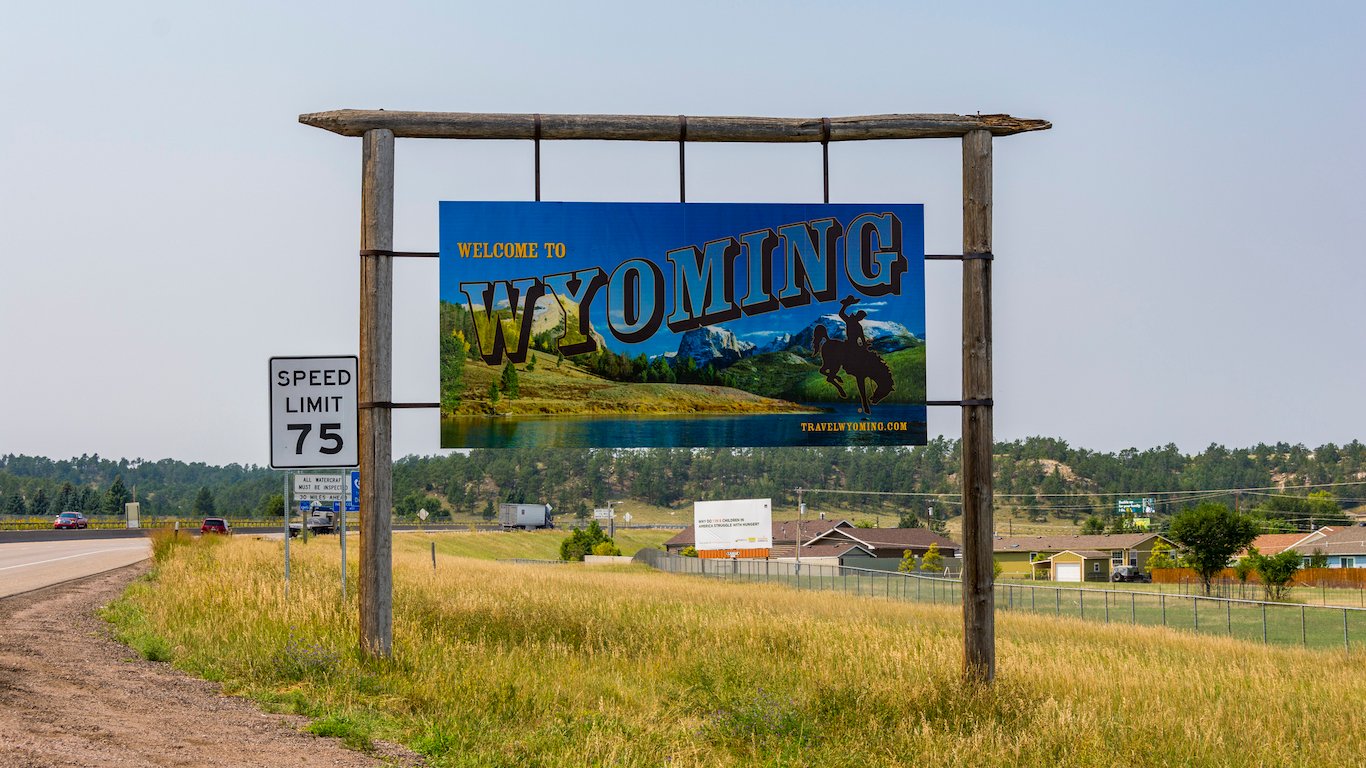
3. State: Wyoming
> District: At large
> Population: 579,315
The Cowboy State lost 16,000 residents in 1990, when the population was 454,000. It has been on a growing path since then. Liz Cheney, Wyoming’s one representative, is called an “at-large” representative because she represents the entire state. The Republican is running in the general election in November.
[in-text-ad]
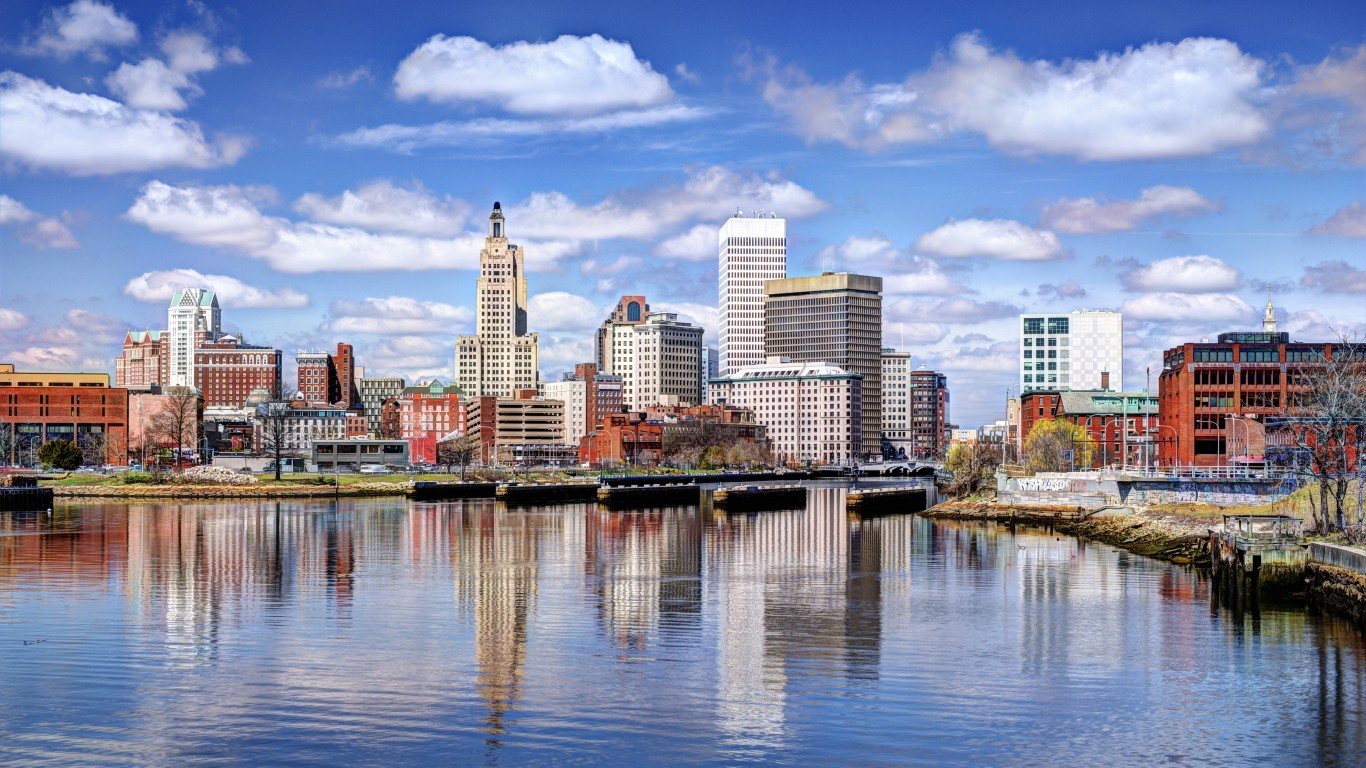
2. State: Rhode Island
> District: 1
> Population: 539,250
Rhode Island is the smallest state with more than one representatives in the House. The Ocean State’s 1st Congressional District, the representative of which is David N. Cicilline, is home to Bristol, Newport, and Providence counties. The Democrat is also up for re-election.
[in-text-ad]

1. State: Rhode Island
> District: 2
> Population: 520,389
The 2nd Congressional District of Rhode Island includes all of Kent and Washington counties and a part of Providence County. James R. Langevin has been the district’s representative since 2001. The Democrat is seeking re-election in November as well.
Sponsored: Attention Savvy Investors: Speak to 3 Financial Experts – FREE
Ever wanted an extra set of eyes on an investment you’re considering? Now you can speak with up to 3 financial experts in your area for FREE. By simply
clicking here you can begin to match with financial professionals who can help guide you through the financial decisions you’re making. And the best part? The first conversation with them is free.
Click here to match with up to 3 financial pros who would be excited to help you make financial decisions.
Thank you for reading! Have some feedback for us?
Contact the 24/7 Wall St. editorial team.
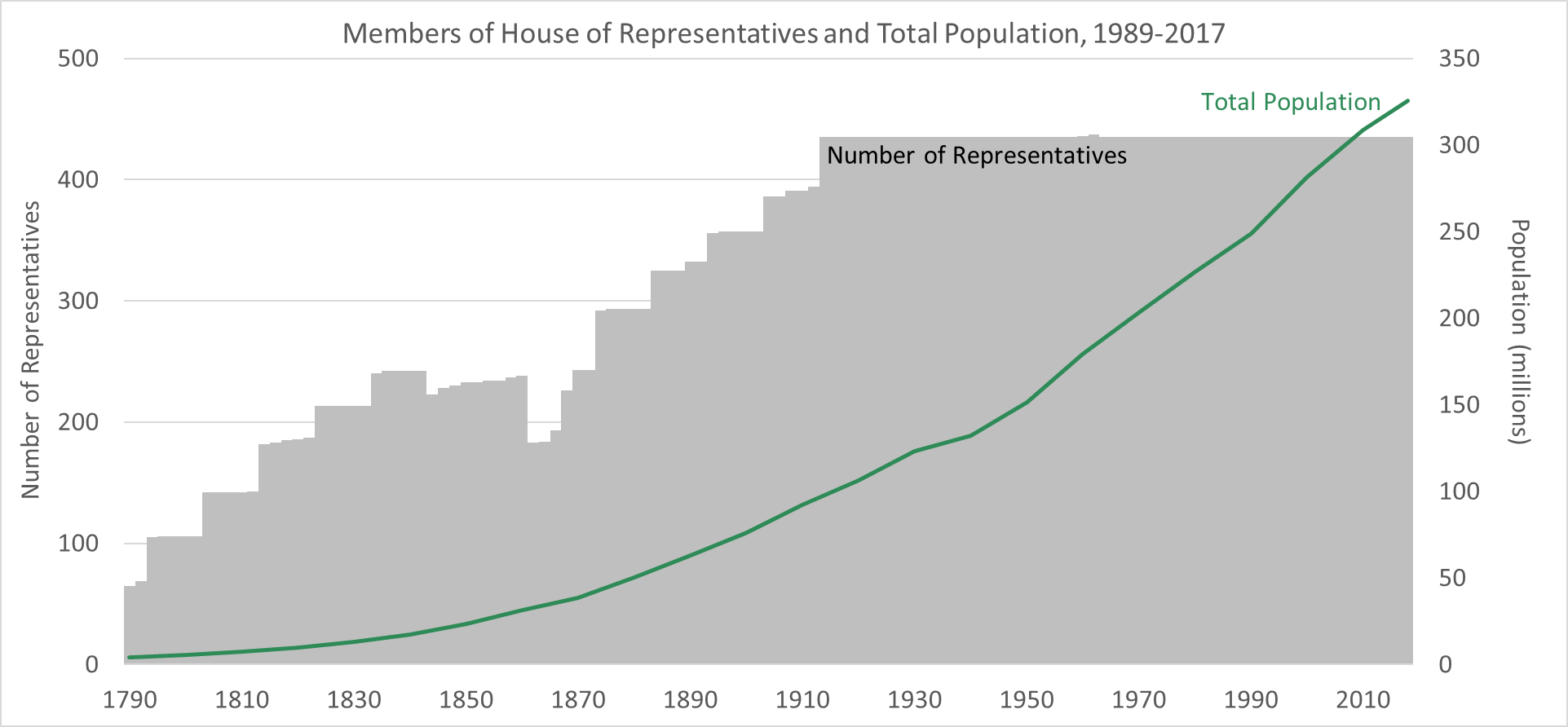
 24/7 Wall St.
24/7 Wall St.
